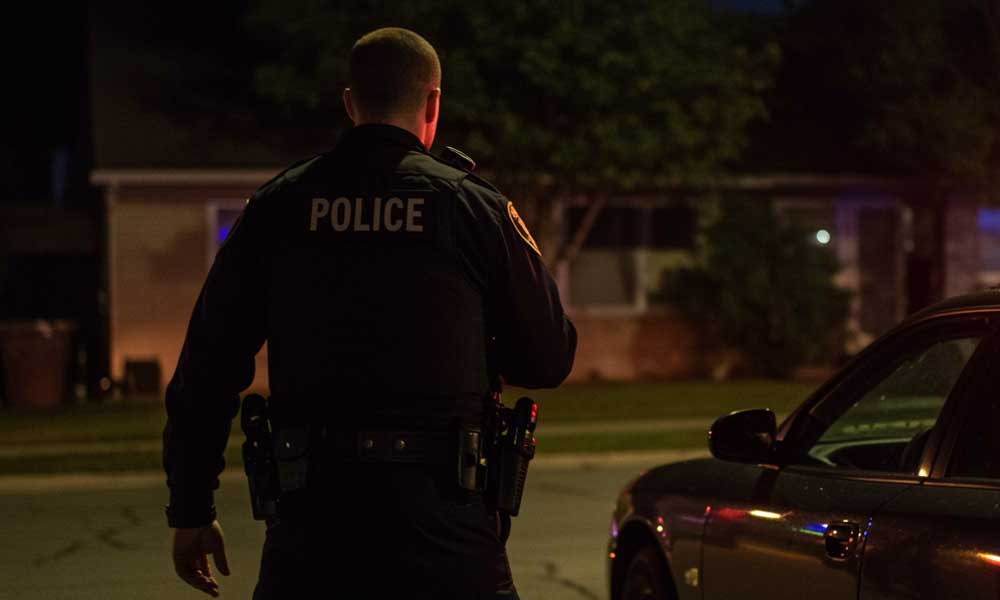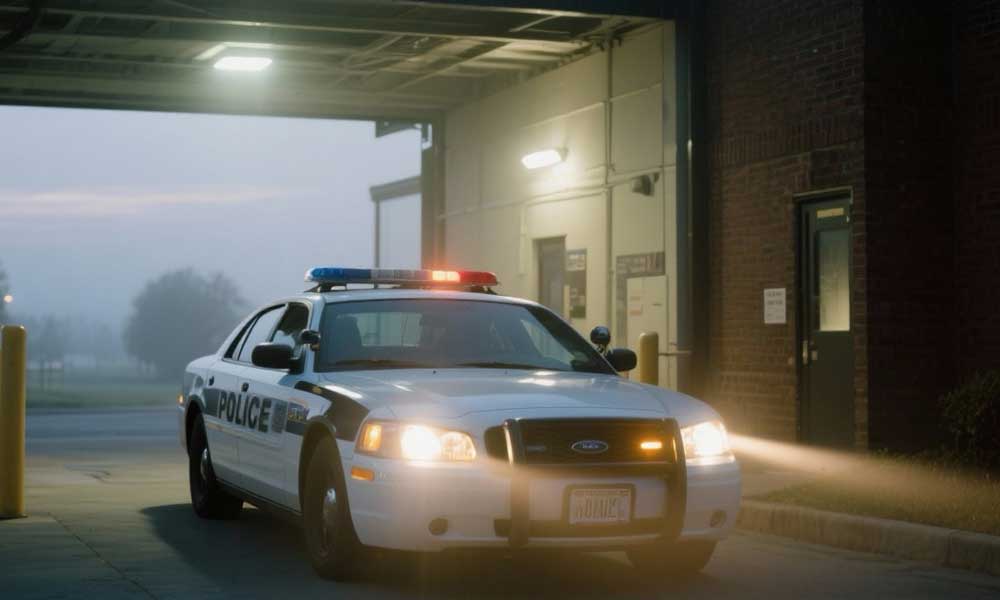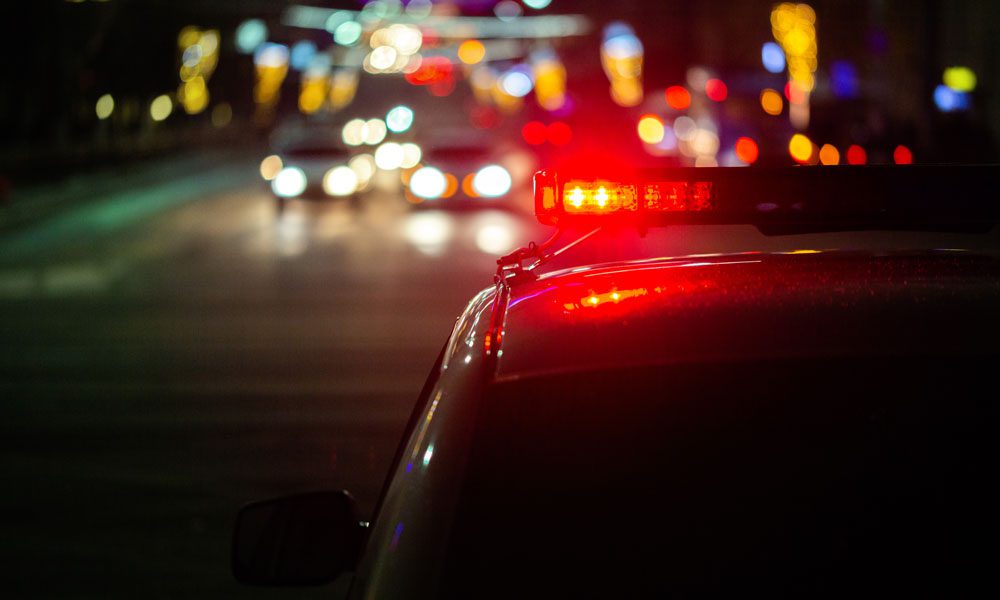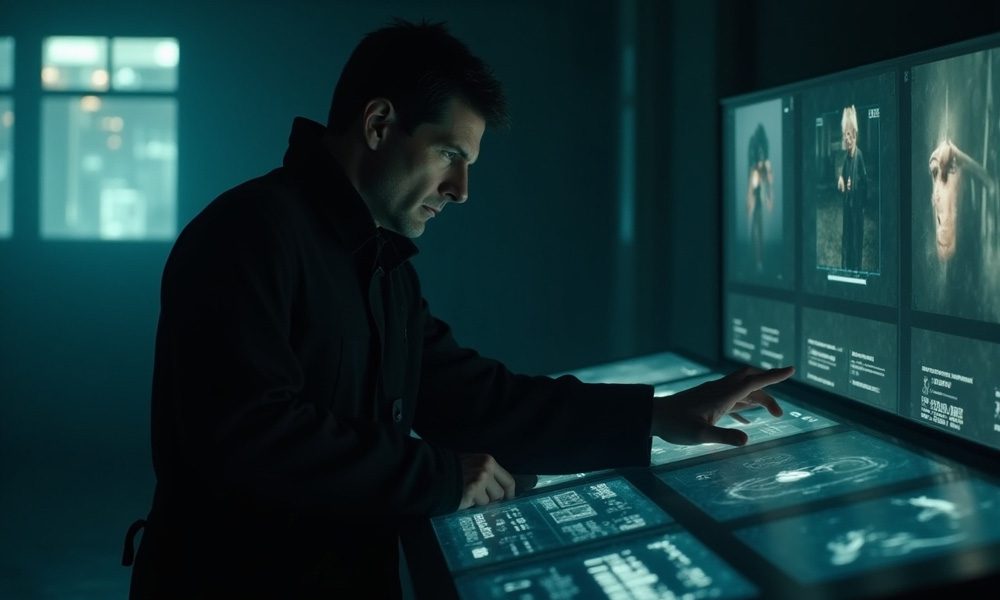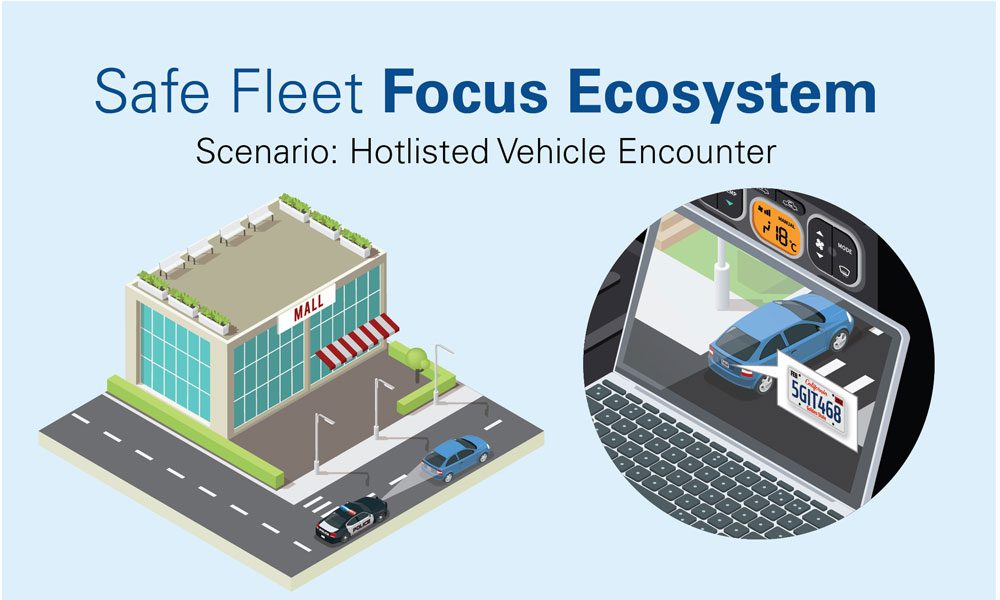Behind the Badge: Chapter 2 – Suspect Encounter
This is the second in a three-part series exploring how law enforcement technology helps protect truth, reinforces trust, and supports those who serve and their communities––from the streets to the courtroom.
—
Previously on Behind the Badge
The quiet rhythm of a patrol shifted when an ALPR system flagged a vehicle of interest, and the officer initiated a stop. The driver erupted from the vehicle, and the calm shattered in an instant.
Missed the beginning? Start with Chapter 1: A Routine Patrol Turns Critical.
—
The suspect’s raised voice cuts through the night air. His hands flail unpredictably. The stop has shifted from calm observation to potential crisis in a matter of seconds.
Those who’ve worn the badge know this moment intimately. A retired officer recalls how quickly the shift can happen:
“You go from scanning the street to managing a full-blown incident before your brain catches up. That adrenaline spike—it’s real. And every decision you make echoes long after the scene clears.”
In a profession built on readiness, stress is a constant companion. Even the most experienced officers carry the weight of second-guessing: Did I respond fast enough? Did I follow protocol? Will this stand up under scrutiny?
Technology can’t erase the pressure, but it can bring focus. In moments where instinct and judgment collide, clarity becomes a lifeline.
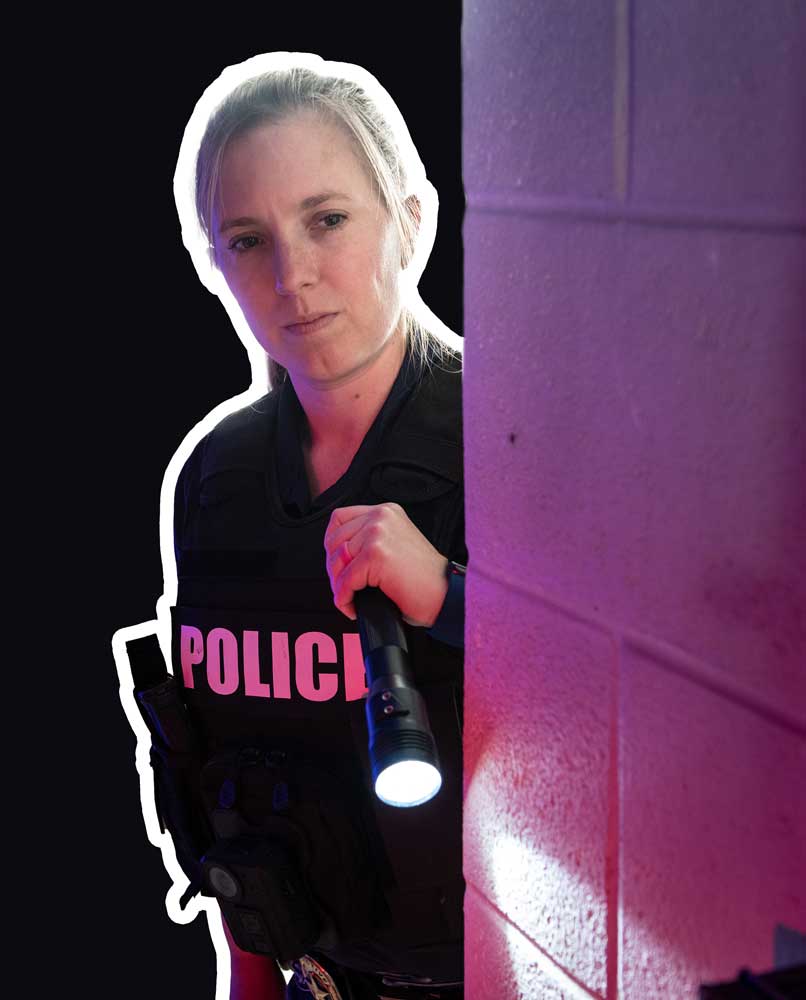
Automatic Activation: Holster & Body-Worn Cameras
The suspect’s agitation spikes. The officer reads the signs: erratic behavior, unpredictable body language, rising volume. His hand moves toward his holster, in readiness. Suddenly, the suspect reaches for something inside the vehicle.
In that instant, both the officer and his system respond. The officer’s Holster Activation triggers his Body Camera automatically on as he draws his firearm—no buttons, no hesitation, no delay.
Every movement and exchange is captured from the officer’s point of view. This system removes the burden of remembering that one extra step during a high-stress moment. Together, these safeguards act as a safety cushion—layers of redundancy designed to protect not just the badge, but the person wearing it.
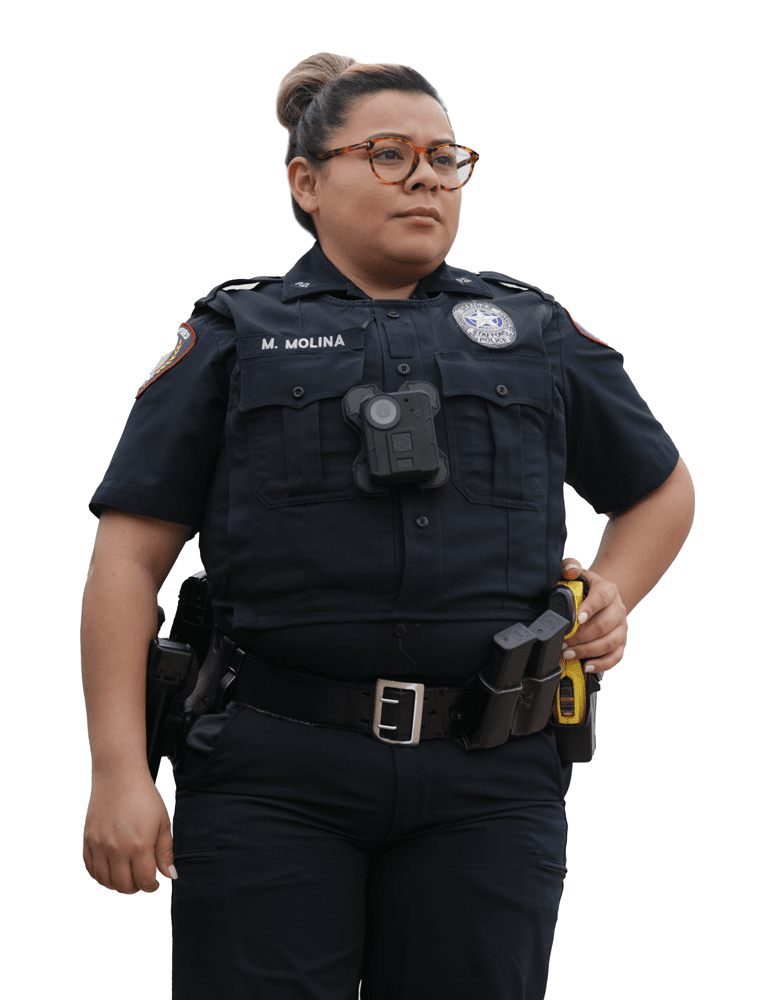
In the chaos of a confrontation, manual tasks fade from focus. A retired officer reflects:
“When you’re in a confrontation, the last thing on your mind is, ‘Did I hit record?’ Your brain is focused on survival. Having that automatic trigger means nothing gets missed.”
That truth matters to more than just the officer. A former investigator, now working at Safe Fleet, sees the broader impact:
“These cameras don’t just protect the officers. They protect the public by preserving what actually happened, frame by frame, without bias.”
And for families waiting at home, the reassurance is real. One husband, whose partner still serves, puts it plainly:
“If things go sideways, I want to know there’s something watching her back—even before she calls for help.”
In moments where adrenaline overrides memory, the system doesn’t forget. It captures what matters, exactly when it matters most.
Multiple Angles, One Story
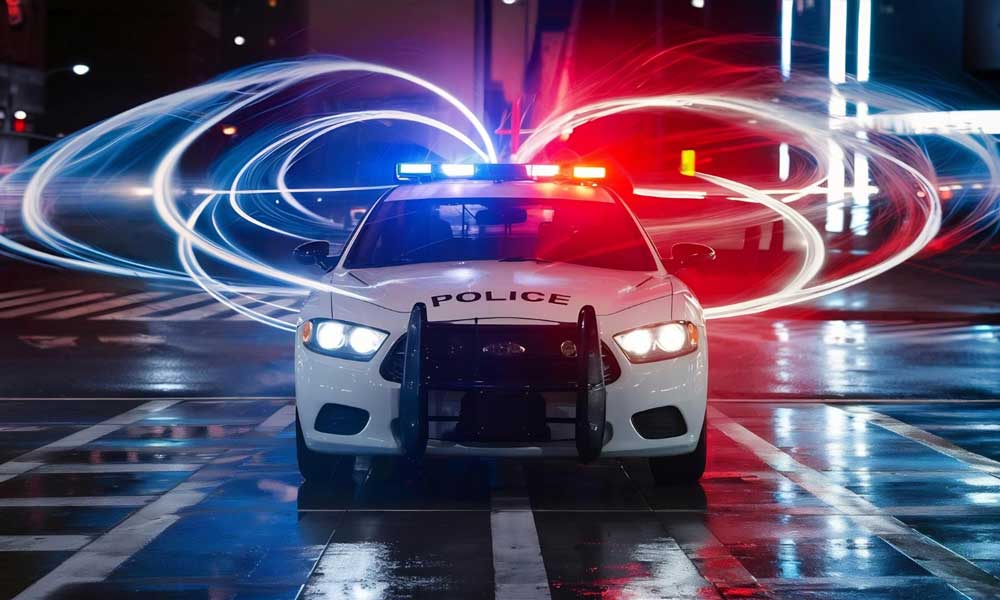
The scene unfolds in layers. The officer’s Body Camera captures the immediate exchange—voice commands, suspect behavior, every shift in tone and posture. The In-Car System records the wider environment like, bystanders and vehicle positioning. Together, these systems capture both the close exchange and the complete scene, preserving the encounter in full. With connectivity built in these solutions, the footage can be uploaded securely from the field, giving supervisors and investigators access without delay.
What if things escalated even further?
If, for example, the officer became unresponsive and gunshots were reported nearby, the agency could act fast. Authorized staff in the back office have access to the body cam’s live-streaming capabilities and could begin monitoring the scene in real time—ensuring no detail is missed and support reaches the officer without delay.
A retired officer recalls how these perspectives can shift everything:
“I’ve seen body camera footage that looked one way, but then the dash cam showed the suspect reaching for something you couldn’t see before. That context can completely change the narrative.”
This layered approach is especially critical at a time when public scrutiny is at an all-time high. Overlapping coverage helps ensure what’s recorded reflects what actually occurred.
Safety, Accountability, and Support
The officer remains in place and calls for backup on his radio. The suspect is still agitated, still unpredictable. The body camera is rolling. The dash cam is recording. Every word and movement is preserved as the officer works to steady the encounter—voice firm, posture controlled, attention fixed on keeping the scene from unraveling.
Years ago, body-worn cameras were met with hesitation. Officers worried about being misunderstood, misrepresented, or micromanaged. But the landscape shifted—especially after 2020, when public scrutiny intensified and departments faced growing demands for transparency.
A retired officer reflects on that shift:
“You’ll always have critics, but I can’t tell you how many times video cleared officers from complaints that would have otherwise gone on their record. Without that footage, it becomes one person’s word against another.”
A former investigator agrees, emphasizing the broader cultural shift:
“These tools show transparency. They’re not there to catch officers doing something wrong, but to show the reality of what officers face.”
And for families, the presence of a camera offers something deeper than oversight. The former investigator shared conversations he’d had with spouses who felt comforted knowing encounters are recorded from start to finish:
“They’d say, ‘At least if something happens, we’ll know what really went down.’ That’s powerful for families who live with the constant worry of their loved one not coming home.”
Technology can’t erase the stress of a volatile encounter, but it can lighten the mental load.
Automatic activation removes the need to remember one more step. Multiple angles reduce the burden of recall. And knowing the moment is documented encourages measured responses, even under pressure.
The encounter is still unfolding. But the foundation for truth is already in place.
From Encounter to Arrest
Back at the stop, the officer maintains his distance, voice steady as backup units arrive. The suspect continues shouting, but eventually the situation stabilizes enough for an arrest to be made. The individual is secured and placed in the back of the patrol car.
What happens next is up to the officer.
If the footage is critical, he can flag it for priority upload—sending it securely to the cloud over cellular while still in the field. If not, it can follow standard practice and transfer later over Wi‑Fi or at the docking station. It’s a smart balance: high‑value evidence moves fast; routine footage waits. This keeps costs optimized and nothing is missed.
Throughout the encounter, every movement, every word, and every action has been captured across multiple devices. The technology has created an unbroken chain of evidence, ready to move seamlessly into the next stage of the process.
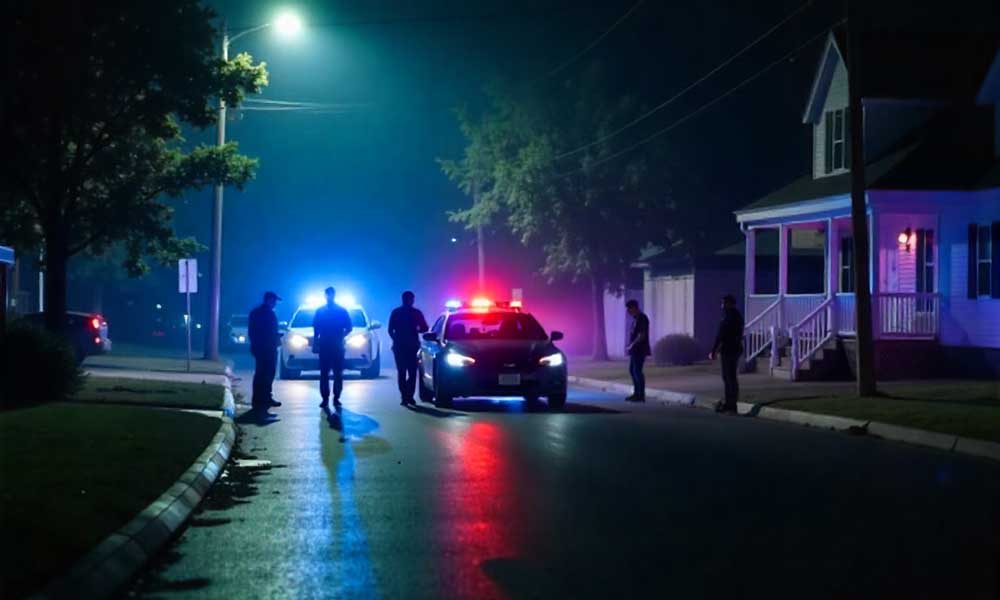
The suspect is transported, but the work is far from over. The footage now moves from the street to the station, where it will be logged, secured, and prepared for review. What began as a volatile stop is about to enter its next phase—turning raw video into evidence that can withstand the weight of scrutiny.
And that process begins even before the officer arrives back at the station.
—
Technology featured in this chapter:
Learn all about the FOCUS® In‑Car Video System with ALPR
Some of its new functionality highlighted in this article includes:
- Multi‑device case grouping that cuts review time and reduces evidence gaps
Learn all about the FOCUS® Body Camera
Some of its new functionality highlighted in this article includes:
- Real‑time device health monitoring that keeps gear reliable when it matters most
- Live streaming tied to critical incident alerts for faster, safer response
- Priority evidence upload that gets urgent footage into investigators’ hands immediately, preserving chain of custody and speeding case response
Learn more about the Safe Fleet® Holster Activation
Explore the next evolution in law enforcement technology and more stories Behind the Badge.
—
To be continued in Chapter 3: Case Creation and Court Prep.



